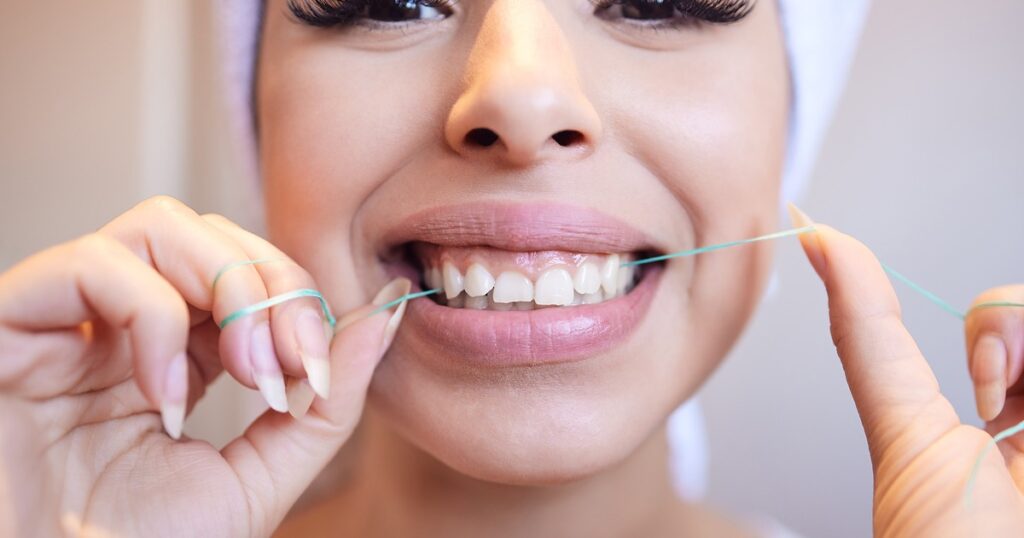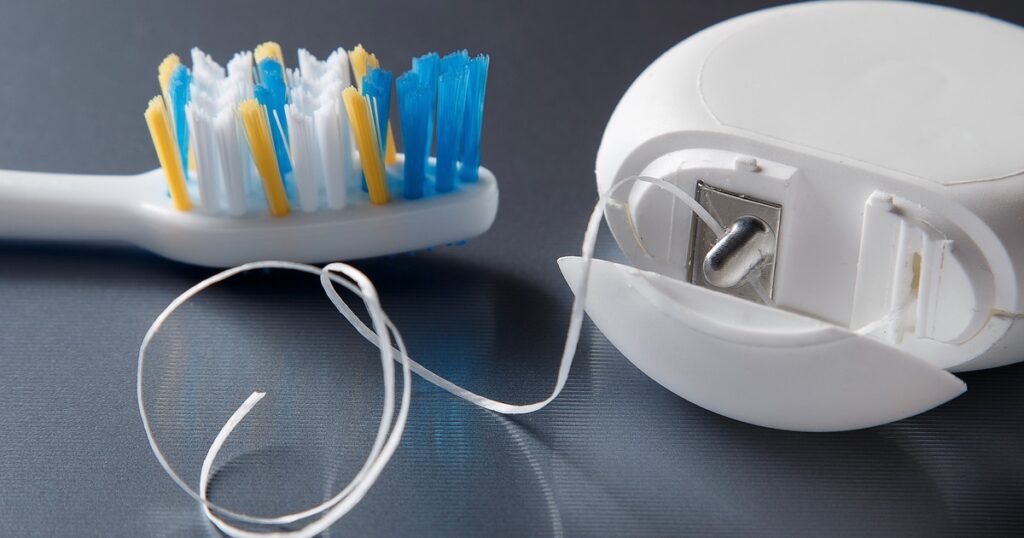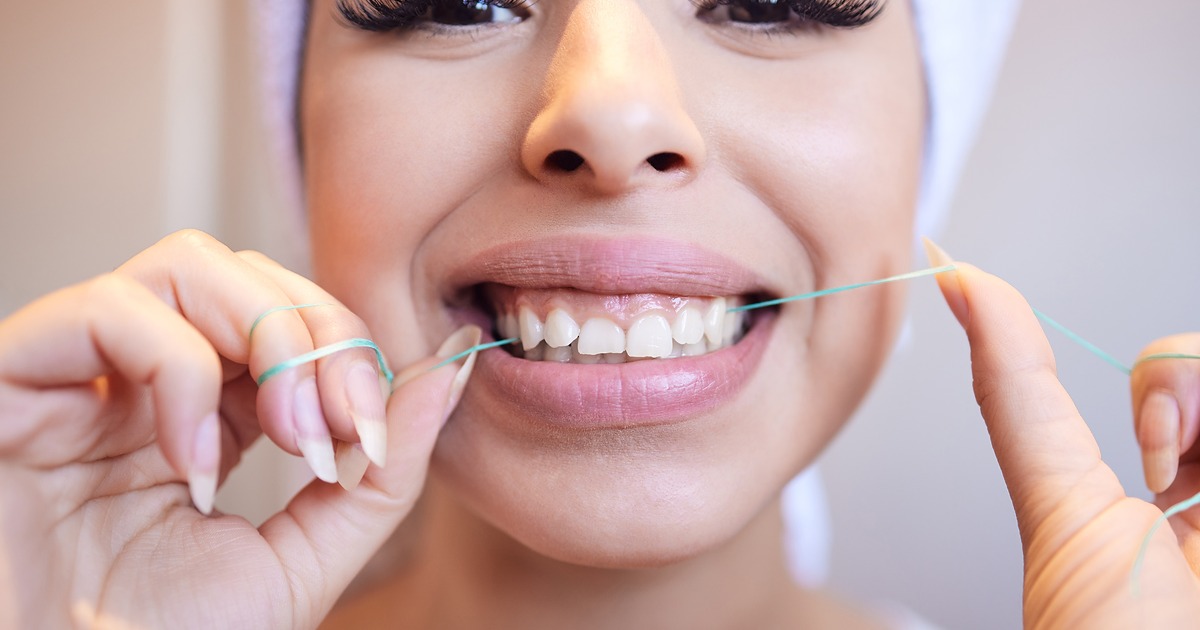Can You Floss Too Much?

Flossing is essential for healthy teeth and gums, but like many good things, it’s possible to overdo it. While dentists recommend flossing once a day, some people floss after every meal or multiple times a day—and this can actually harm your gums if done incorrectly. Over-flossing can be as harmful as not flossing at all. To avoid mistakes, start with How to Floss Back Teeth and Molars and get clarity on Should You Floss Before or After Brushing?. For gingivitis care, check How Many Times a Day Should You Floss with Gingivitis, and don’t forget the full Dentist’s Guide to Flossing Teeth.
✅ Dentist’s Recommendation
-
Once a day is enough for most people (ADA guideline).
-
Flossing more than twice a day may cause gum irritation, especially if you use an aggressive snapping motion.
-
The quality of your flossing technique is more important than how many times you do it.
⚠️ What Happens If You Floss Too Much?
Over-flossing or flossing incorrectly can lead to:
-
Gum irritation & soreness → constant pressure damages delicate gum tissue
-
Bleeding gums → especially if you snap floss down aggressively
-
Gum recession → gums may pull away from teeth over time
-
Tooth sensitivity → exposed roots from gum recession cause pain with hot/cold foods
🧠 Signs You’re Over-Flossing
-
Your gums feel sore or inflamed after flossing
-
You notice increased bleeding instead of improvement
-
Your gumline seems to be receding
-
You floss so aggressively that the floss snaps or cuts your gums
⏰ How Often Should You Floss?
Dentists recommend:
-
Floss once daily → to remove plaque between teeth
-
Best time: at night, before brushing
-
If you want to floss more often (e.g., after eating spinach or meat stuck between teeth), that’s fine—just do it gently and not excessively.
🧑⚕️ Expert Tip: Focus on Technique, Not Frequency
The goal of flossing is to dislodge food and plaque without harming gums.
Proper technique:
-
Use 18 inches of floss and wrap around fingers.
-
Slide gently between teeth.
-
Curve floss into a C-shape around each tooth.
-
Glide under the gumline carefully.
❓ FAQs
1. Can flossing twice a day be harmful?
Not if you’re gentle, but it usually isn’t necessary. Once a day is enough.
2. My gums bleed when I floss—am I over-flossing?
Not necessarily. Bleeding gums often mean gingivitis (gum inflammation). Daily flossing usually reduces bleeding in 1–2 weeks.
3. Can over-flossing cause gum disease?
No—gum disease is caused by bacteria, not flossing. But over-flossing can damage gum tissue and make gums more sensitive.
📝 Final Takeaway
👉 Yes, you can floss too much if you’re flossing aggressively or more than needed. Flossing once a day, done gently and correctly, is all you need for healthy teeth and gums. Remember: it’s not about how often you floss—it’s about how well you floss.








